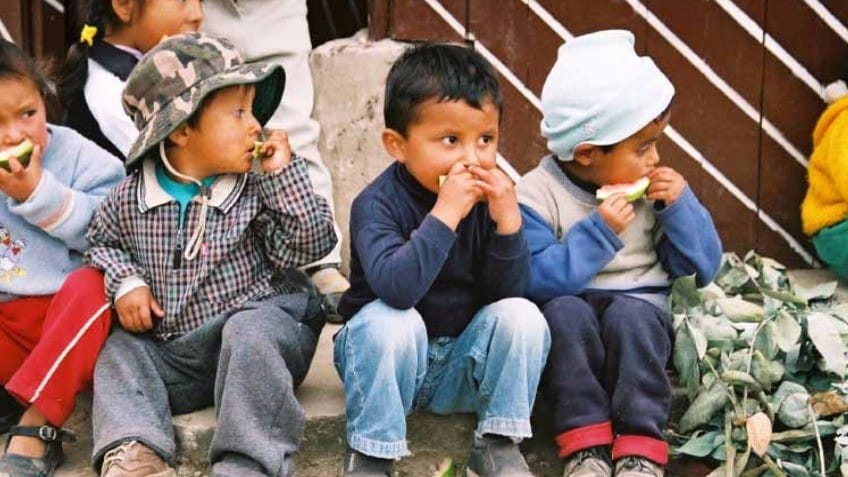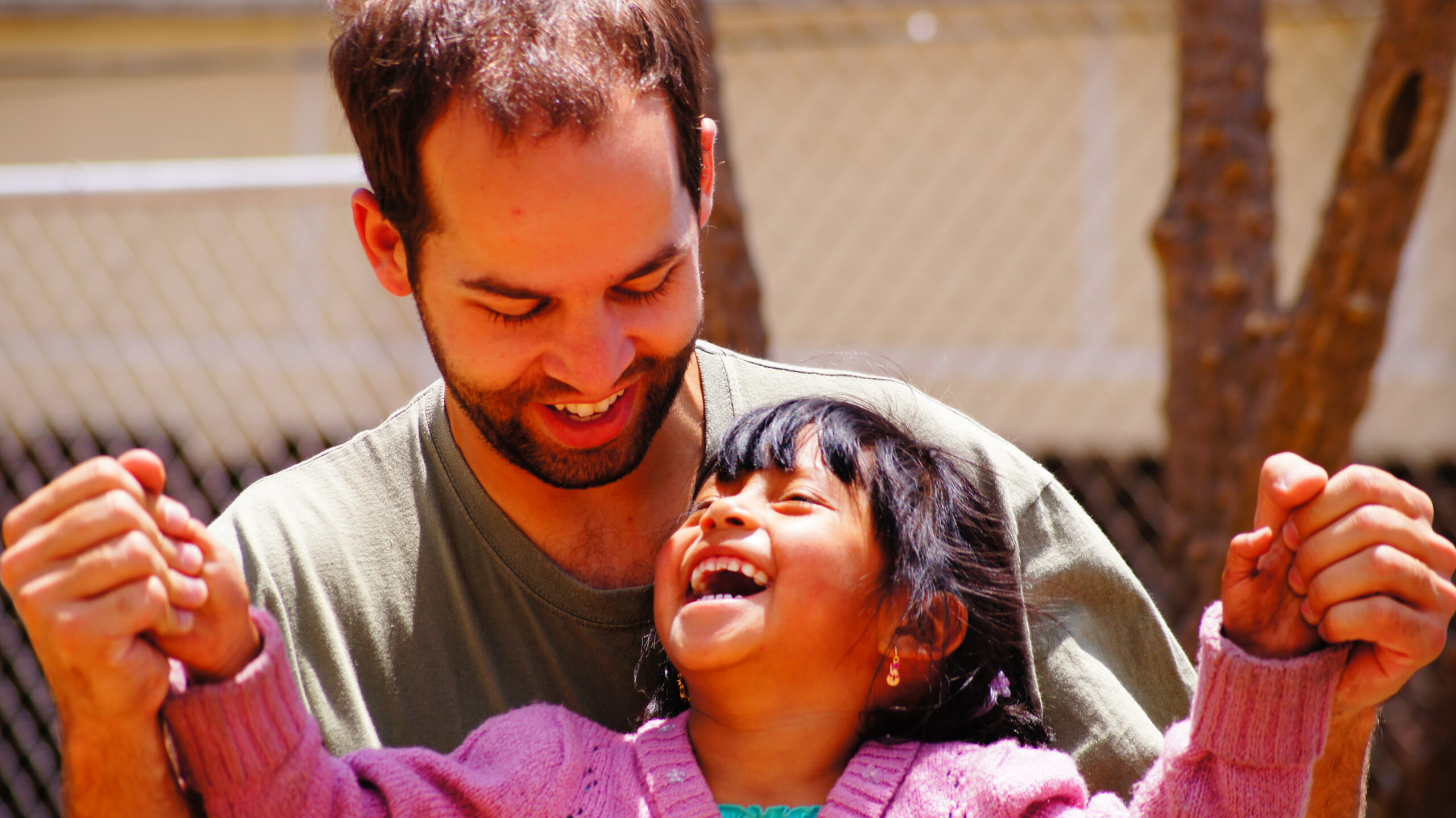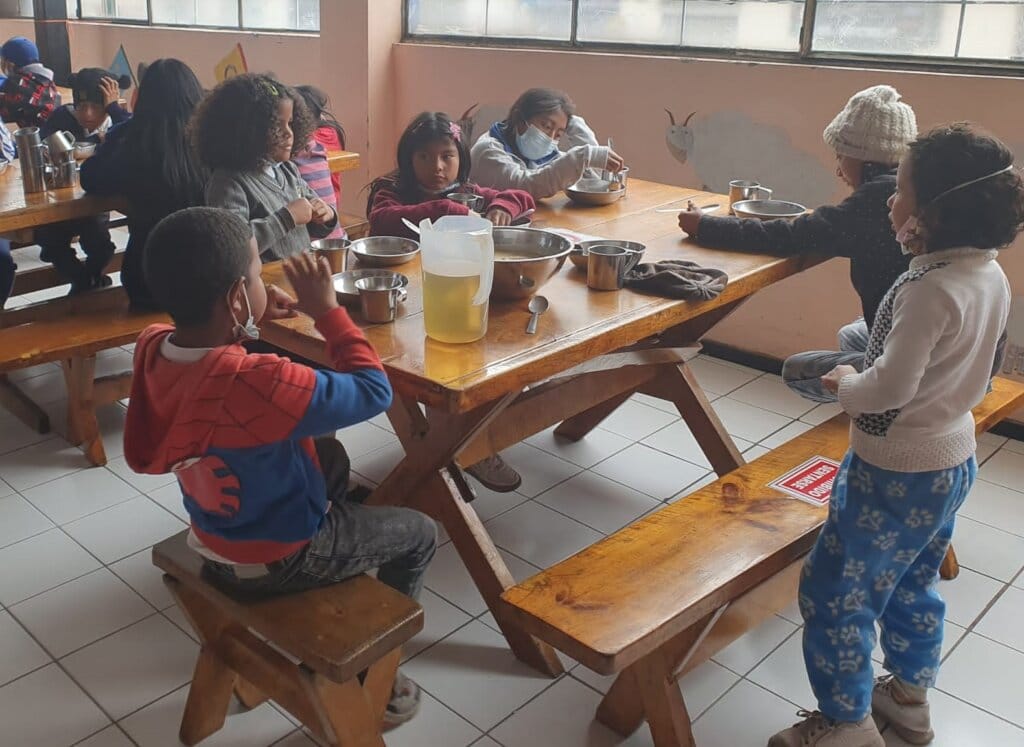
Child labour and the children of Ecuador
Is there child labour in Ecuador?
Sadly, child labour is still widespread in Ecuador despite efforts to reduce it. In 2023, Ecuador had over 260,000 working children, a number that is likely to have increased since the COVID pandemic as the economic situation has deteriorated.
These children typically work in various sectors, including:
- Agriculture: Many work in farming, often in physically demanding tasks such as planting, harvesting, and tending to crops.
- Street work: A significant number sell goods, such as snacks, beverages, and crafts, or provide services like cleaning and washing cars.
- Domestic work: Some children work as domestic helpers in households, which can include cleaning, cooking, and childcare.
- Construction: Many take informal construction jobs, performing labour-intensive tasks without adequate safety measures.
- Manufacturing: Some work in factories, often in low-wage positions that involve repetitive tasks.
- Mining: In certain regions, children may be involved in small-scale mining operations, facing dangerous conditions.
These types of work often expose children to hazardous conditions, putting them in physical danger. Work like this also limits children’s access to education, perpetuating a cycle of poverty.
Children’s rights in Ecuador
Ecuador has signed the UN Convention on the Rights of the Child (UNCRC), which outlines 54 rights. It covers all aspects of a child’s life and sets out their civil, political, economic, social and cultural rights, including things like:
- Relax and play (Article 31)
- Freedom of expression (Article 13)
- Be safe from violence (Article 19)
- An education (Article 28)
- Protection of identity (Article 8)
- Sufficient standard of living (Article 27)
- Know their rights (Article 42)
- Health and health services (Article 24)
Many of the rights are relevant for the working children in Ecuador that we support. The Ecuadorian government is taking action to address the challenges in their country to meet these objectives, but there are still significant issues.
The threats children in Ecuador face
Thousands of children in Ecuador are living in situations that no child should endure. Poverty and social marginalisation drive much of the threats these children face as the adults in their lives struggle to cope with their own circumstances.
Child trafficking
High levels of poverty make children vulnerable to trafficking. Economic instability and violence have led many families to migrate, increasing the risk of children being trafficked during these transitions. Limited access to quality education can also lead children to seek work, making them susceptible to exploitation.
Domestic violence
Domestic violence against women and children in the home is common in the indigenous communities. Alcohol and substance abuse is widespread, contributing to increased levels of violence. Alcohol abuse is linked to various health issues, including mental health disorders, family violence, and increased mortality rates.
Sexual violence
Reports indicate that sexual violence against children is alarmingly common, often committed by members of a child’s family. According to UNICEF and other organizations, thousands of cases are reported every year, but many more go unreported due to stigma and fear. Societal attitudes toward gender and sexuality can perpetuate a culture of silence around sexual violence, making it difficult for victims to come forward.
No official identity
Children in indigenous families are often unregistered with the State due to limited access to government services in rural areas. Unregistered children with no birth certificate or official identity face barriers accessing essential services, which can perpetuate cycles of poverty and increase marginalisation. It also limits their access to health services, education and legal protection.
Are things getting better?
The Ecuadorian government is putting measures in place to improve the lives of working and vulnerable children. This includes child labour laws, trafficking laws, incentives to go to school and social awareness programmes.
However, limited resources and finances hinder its ability to make real changes on the ground. On top of that, strong cultural factors and history means there is often resistance by some communities to think and act differently.
There is still a need for charities and non-government organisations to step in to fill the gap.
How can we help the children of Ecuador?
Grass root organisations like UBECI and CENIT play a vital role in the poorer communities where they operate in very difficult circumstances. However, to continue to do their work, they rely on funding from charities like ViaNiños and donations.


